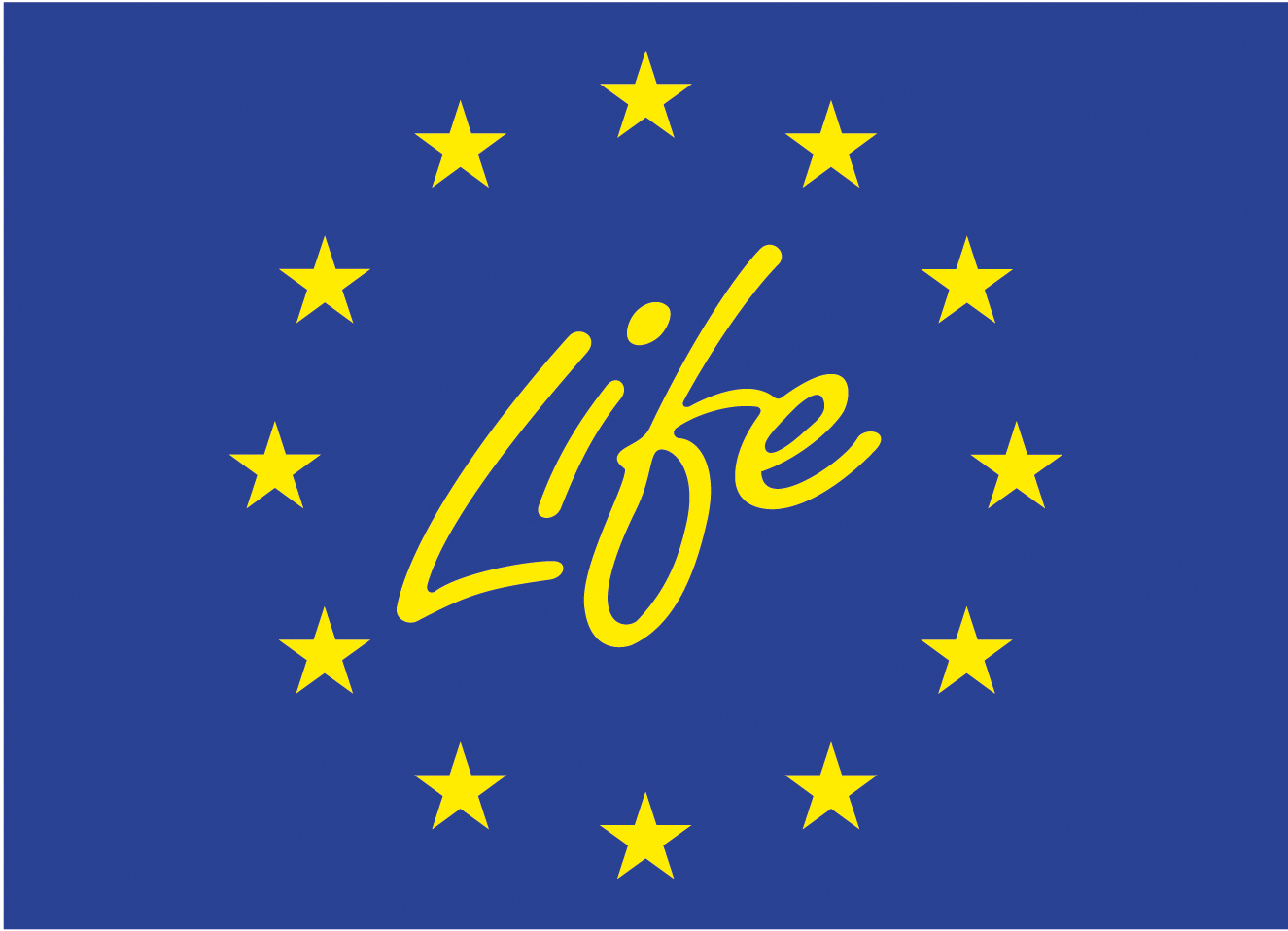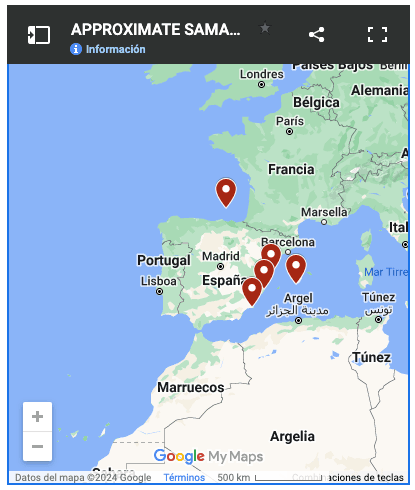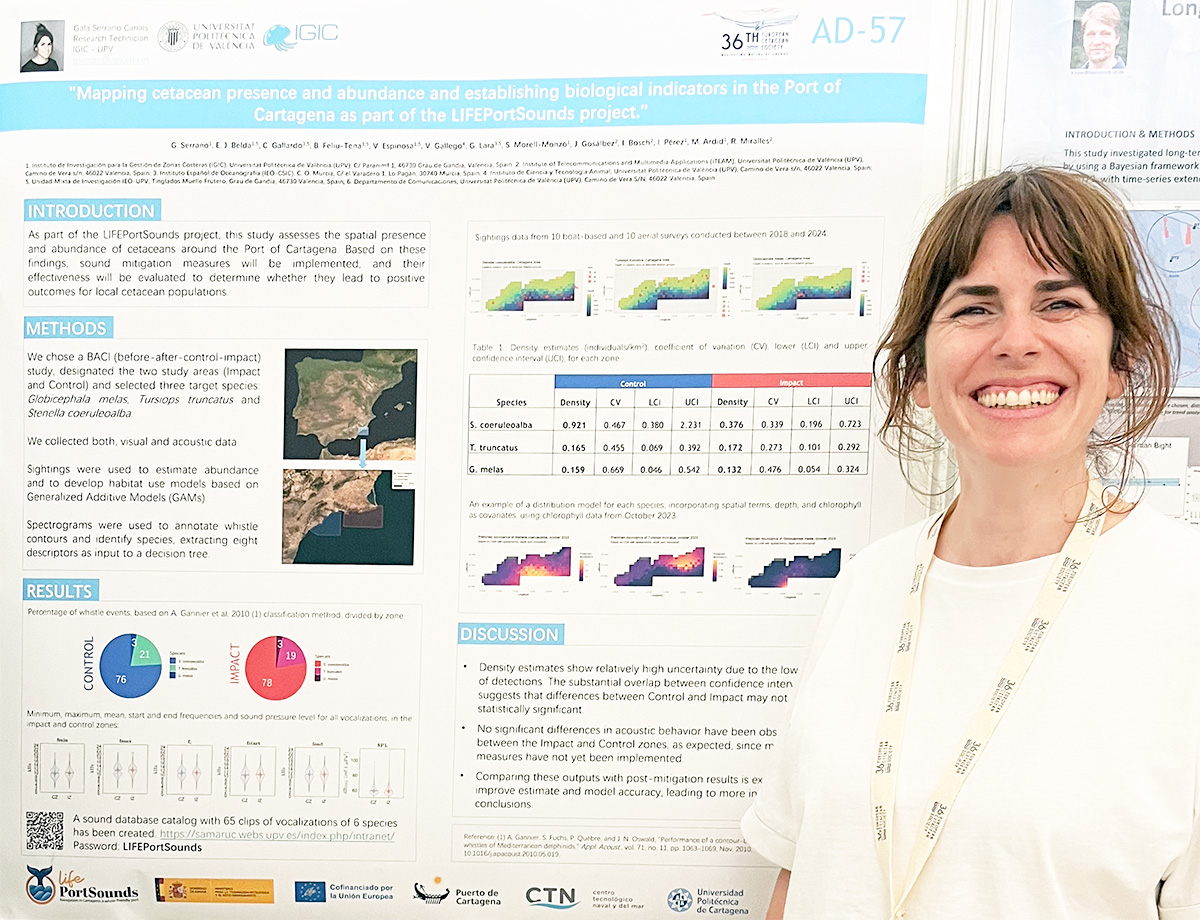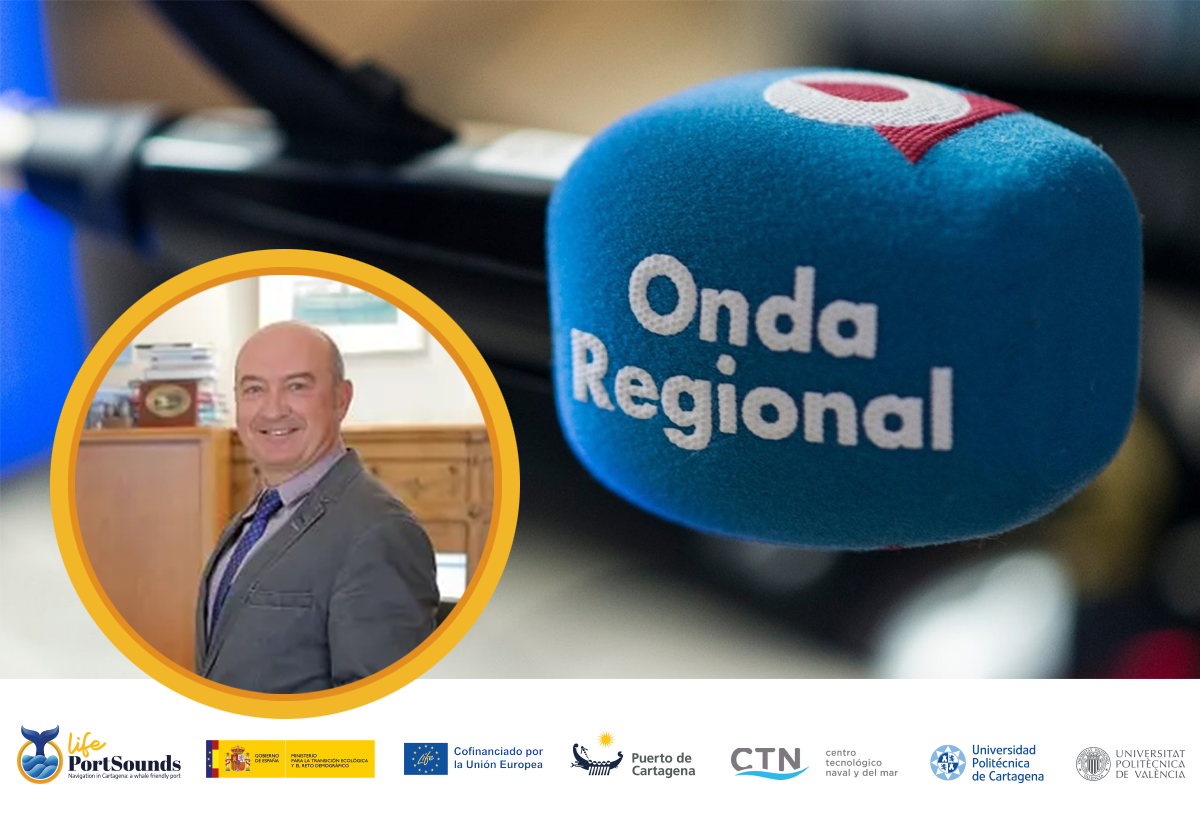
Life Port Sounds en Onda Regional: Una entrevista que pone voz a la sostenibilidad submarina
En el programa Conexión Europa de Onda Regional de Murcia, Teresa Allepuz, colaboradora recurrente en la emisora, entrevistó recientemente a Fermín Rol, Jefe de Área de Proyectos Estratégicos e Innovación de la Autoridad Portuaria de Cartagena.
